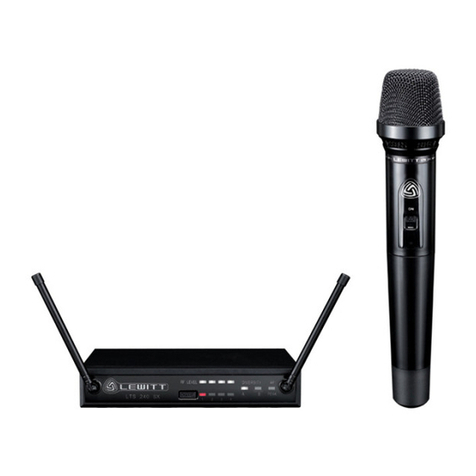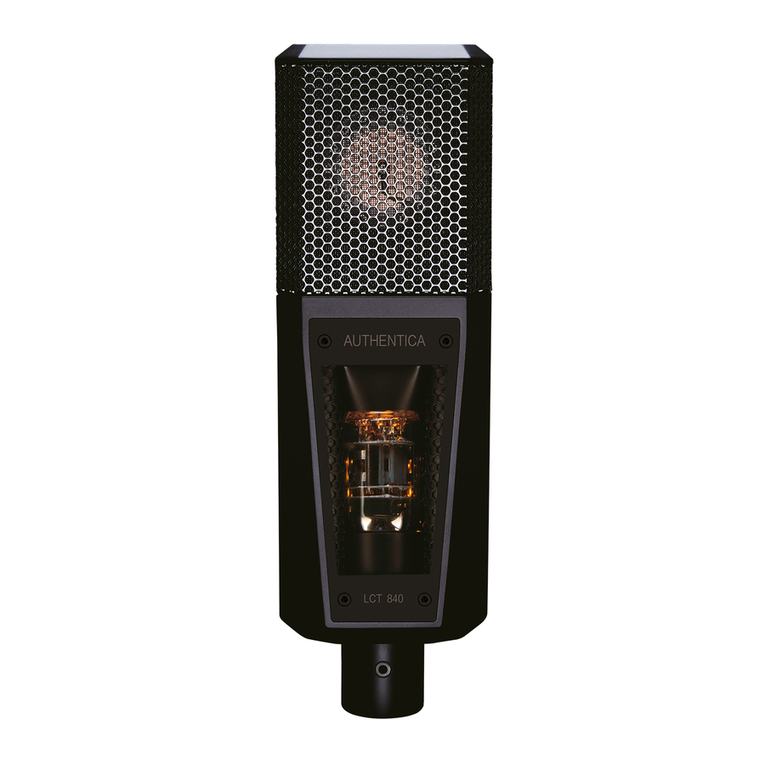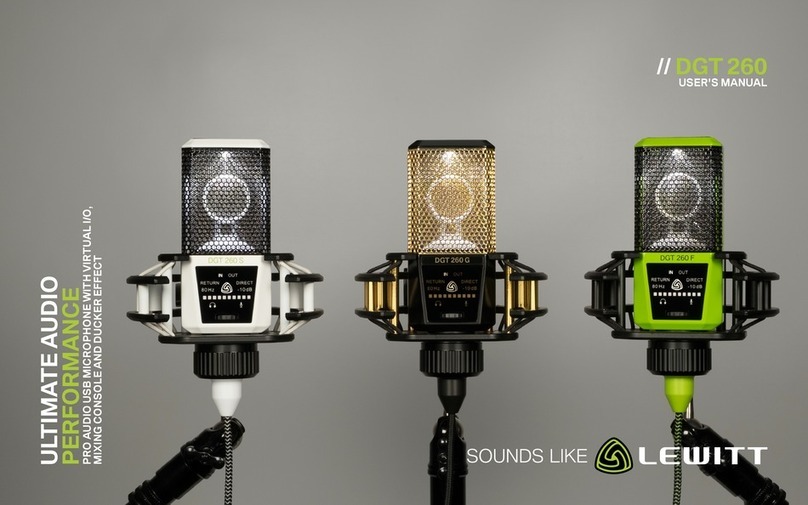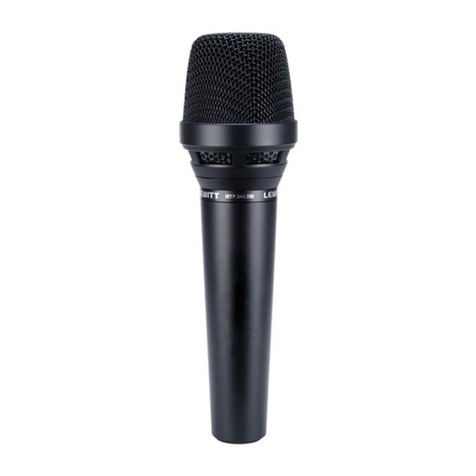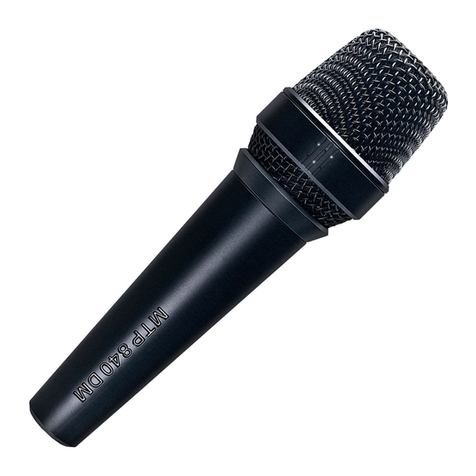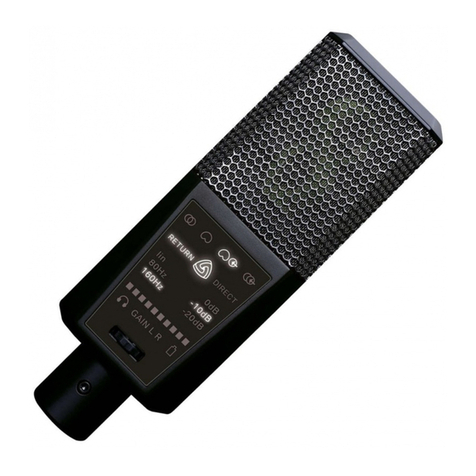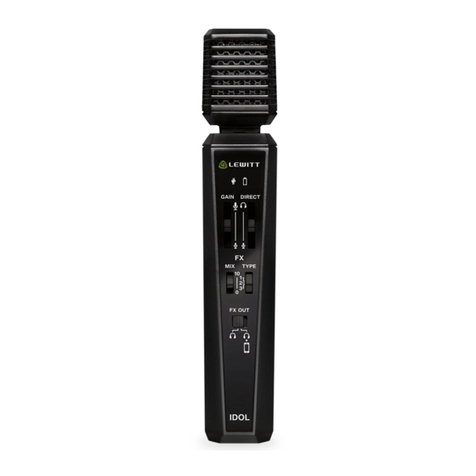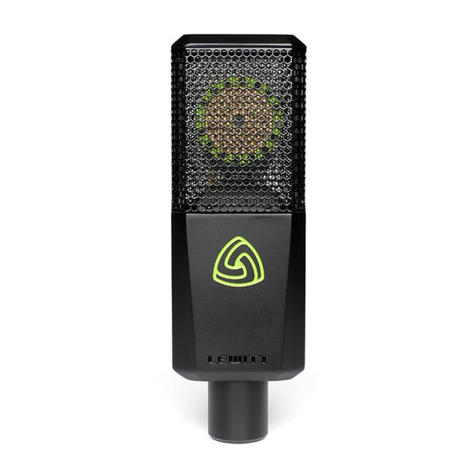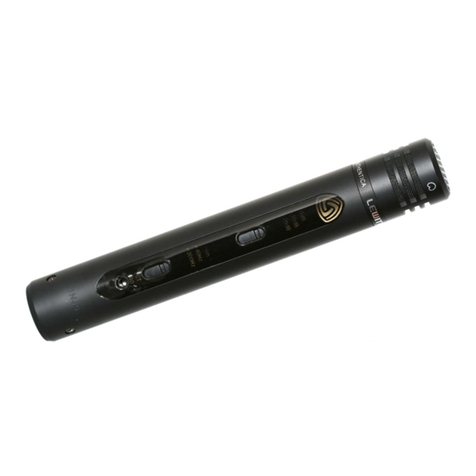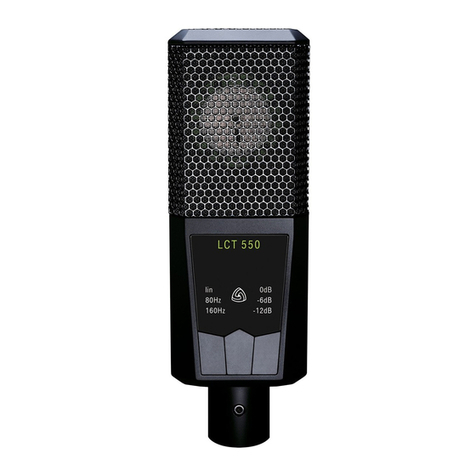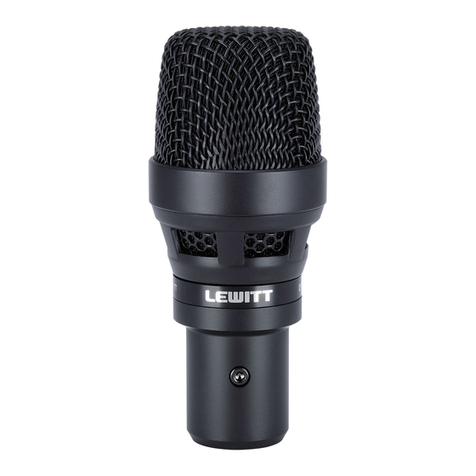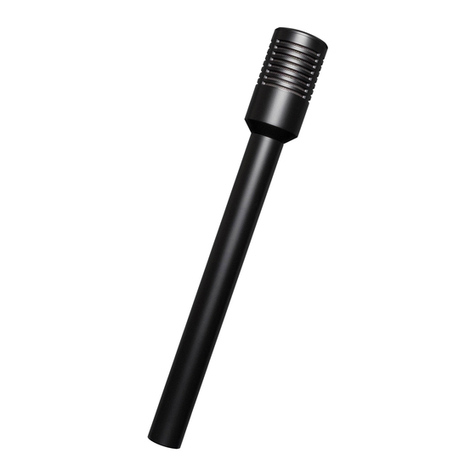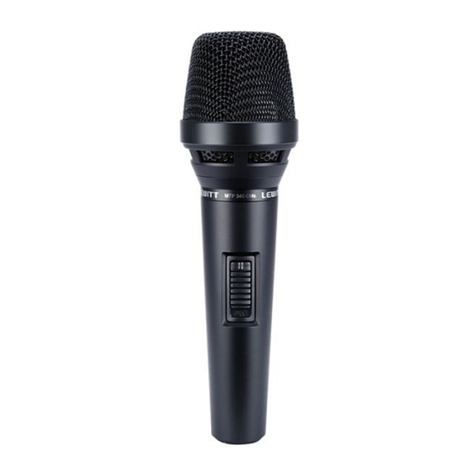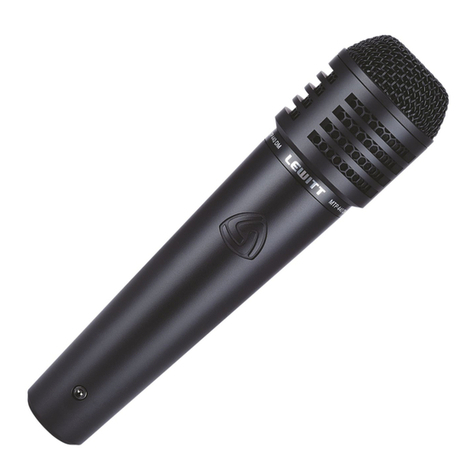2
// Index
Box Content ........................................................... 3
Intro .................................................................. 3
Features .............................................................. 4
User Interface ......................................................... 6
Operating Modes and Setup ........................................... 7
Multi-pattern Mode // ................................................ 7
Dual Output Mode // ................................................. 8
// Important Facts About Polar Patterns................................. 9
How to read a polar pattern diagram // ................................. 9
// Most Common Polar Patterns and Characteristics....................10
// Some Technical Background.......................................11
// How To Create Different Polar Patterns Manually .....................11
// Change Pattern With The POLARIZER ...............................12
Installation MAC // ..................................................12
Installation Windows // ..............................................13
// What To Do With A Dual Output Mode?...............................14
Automate/change the polar pattern after the recording // ...............14
Change the direction of the microphone, not only the polar pattern // ....14
MS stereo with only one LCT 640 TS // ...............................14
MS - the fun way //..............................................14
MS - the easy way // ............................................15
// Stereo applications with two LCT 640 TS ............................15
XY and Blumlein // ..................................................15
AB stereo // ........................................................16
ORTF // ...........................................................16
// Perfect Match Technology...........................................17
// Frequency Chart ....................................................18
// Specications ......................................................19
// Regulatory Information..............................................20
// Safety Guidelines ...................................................20

